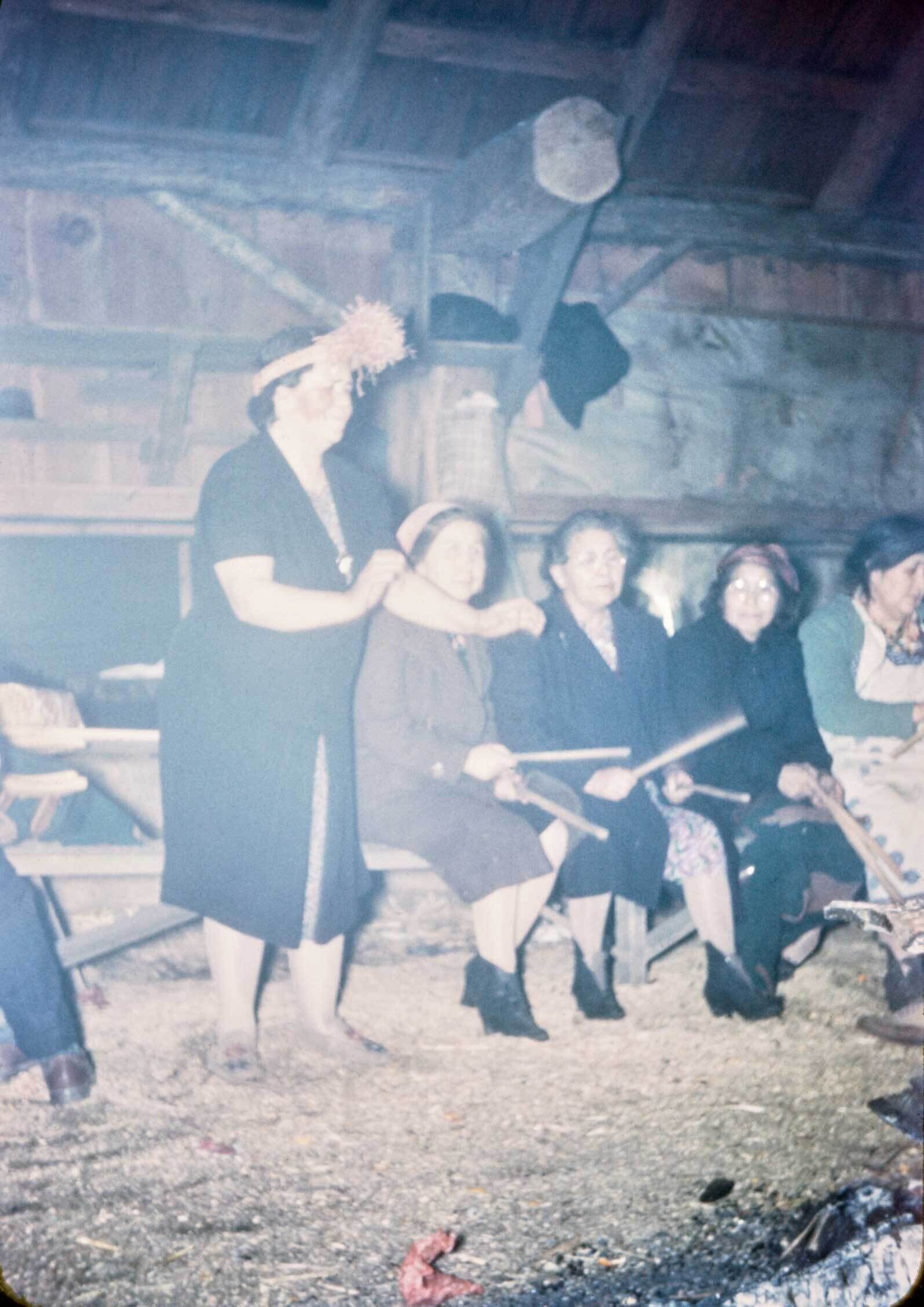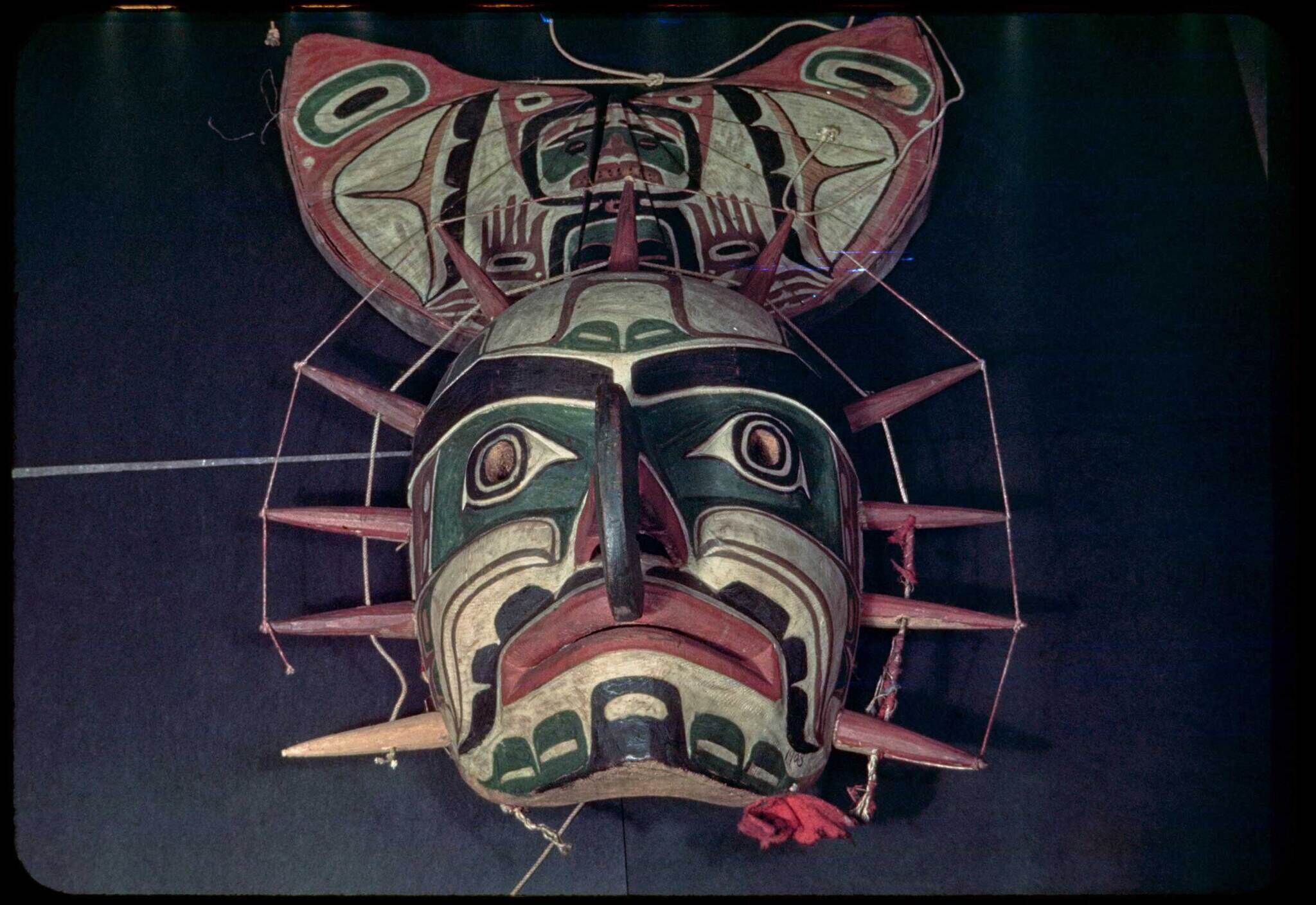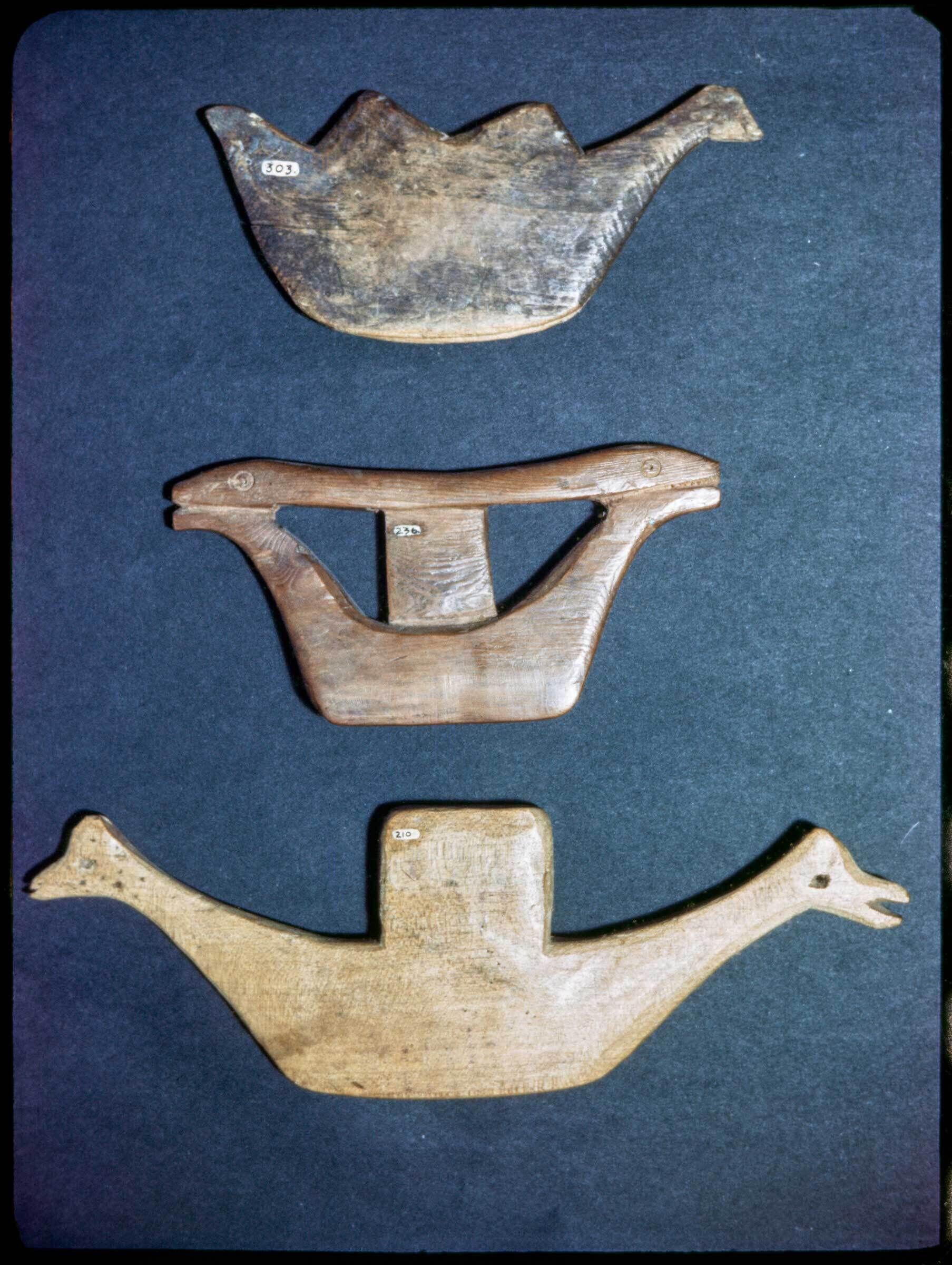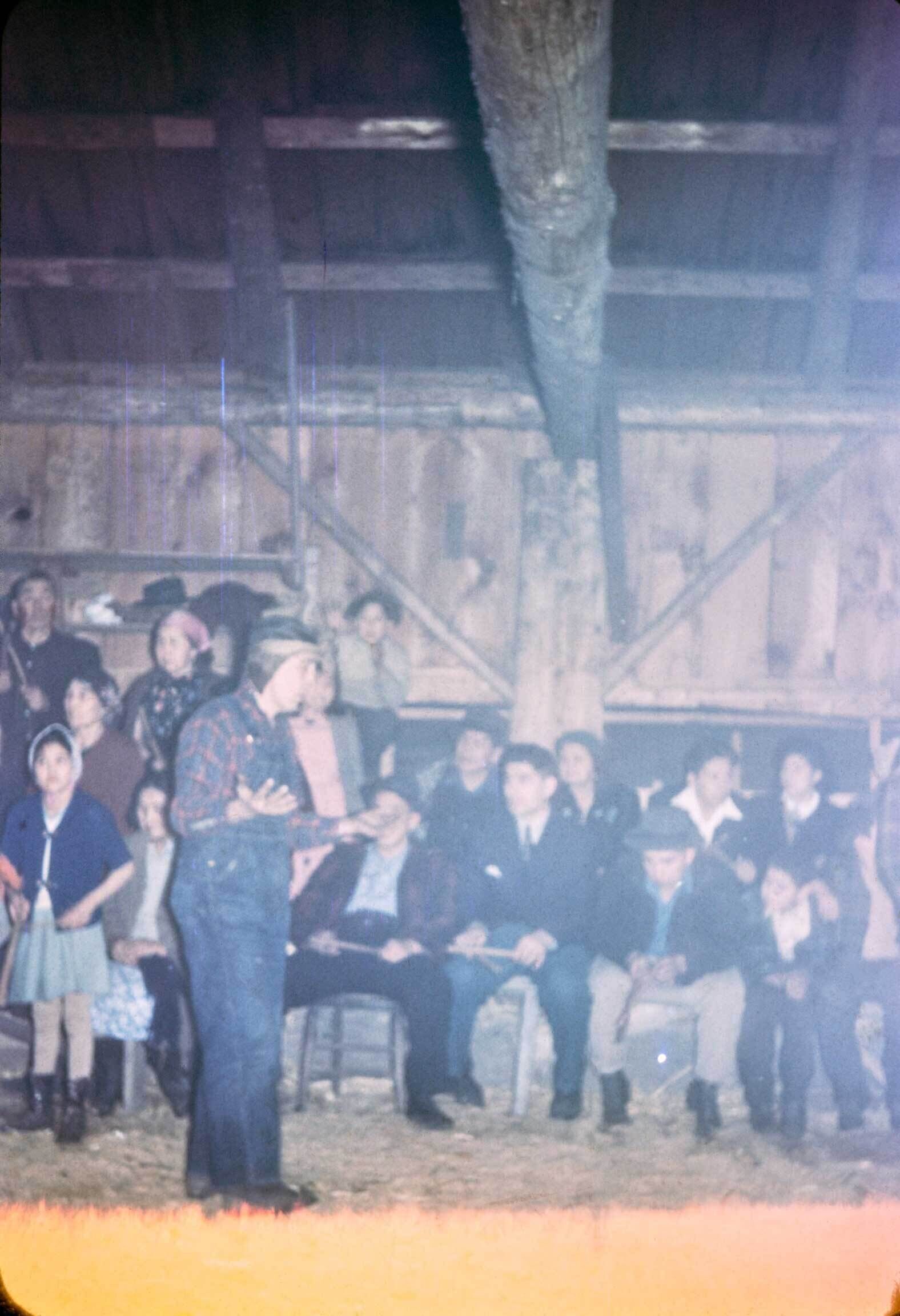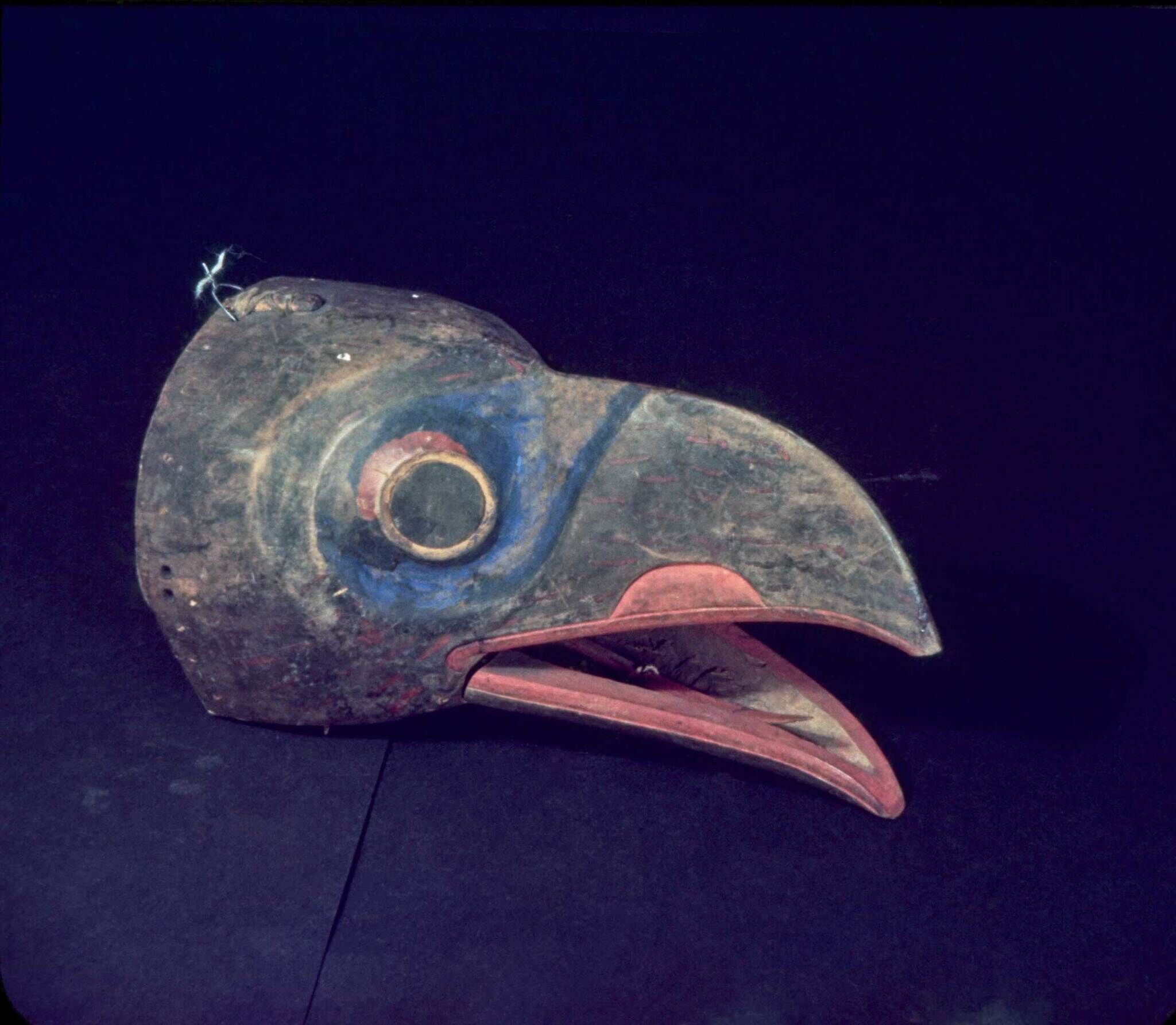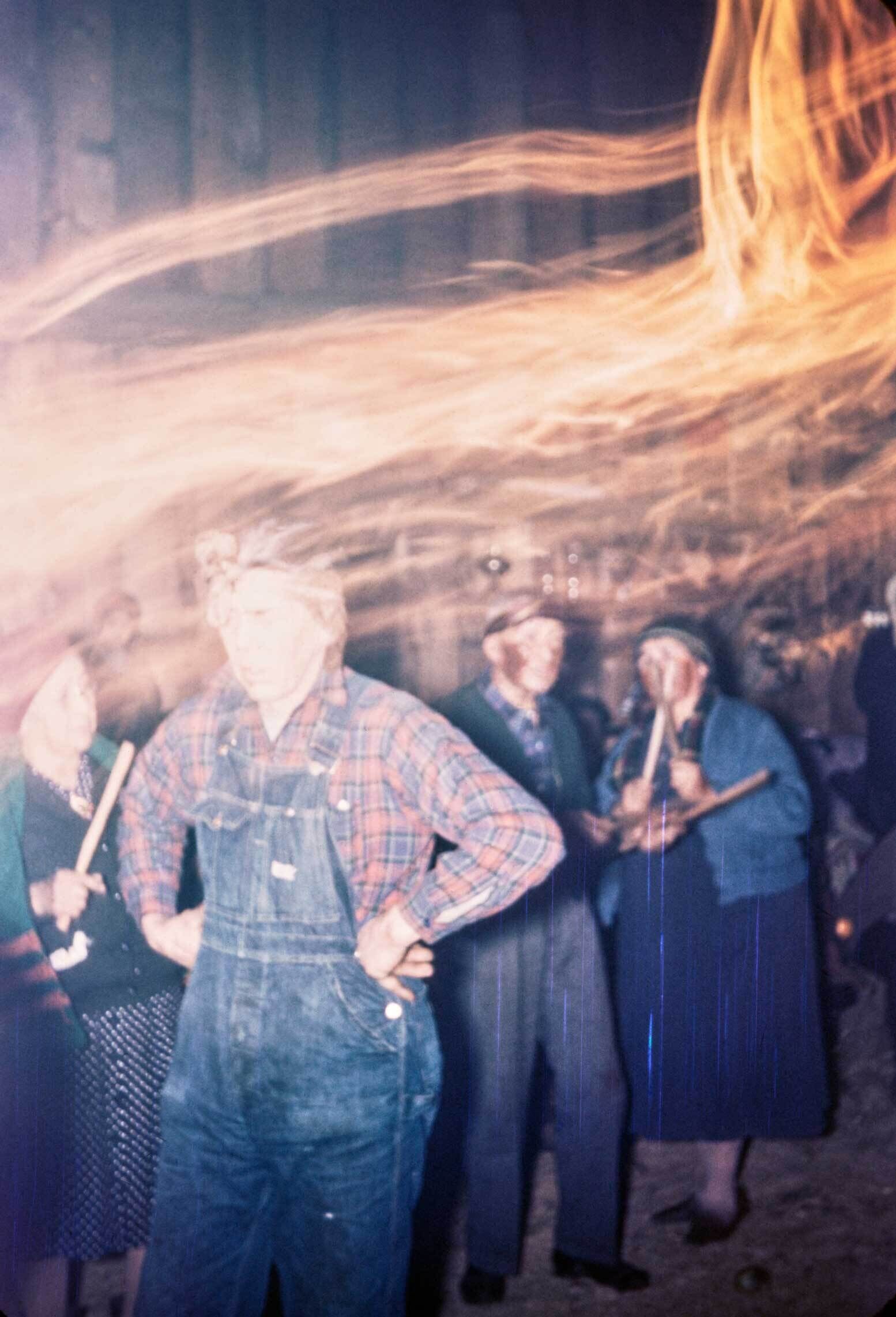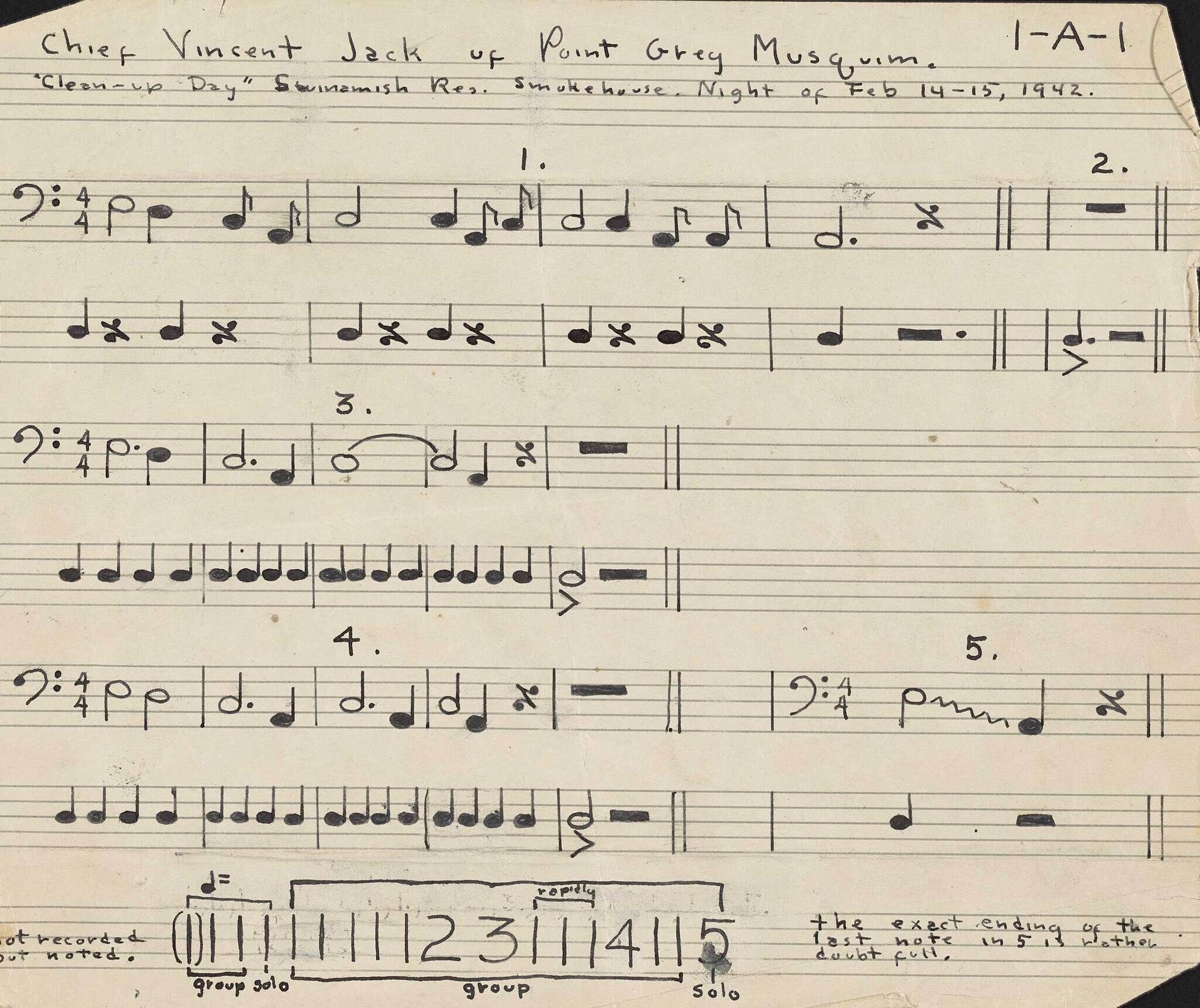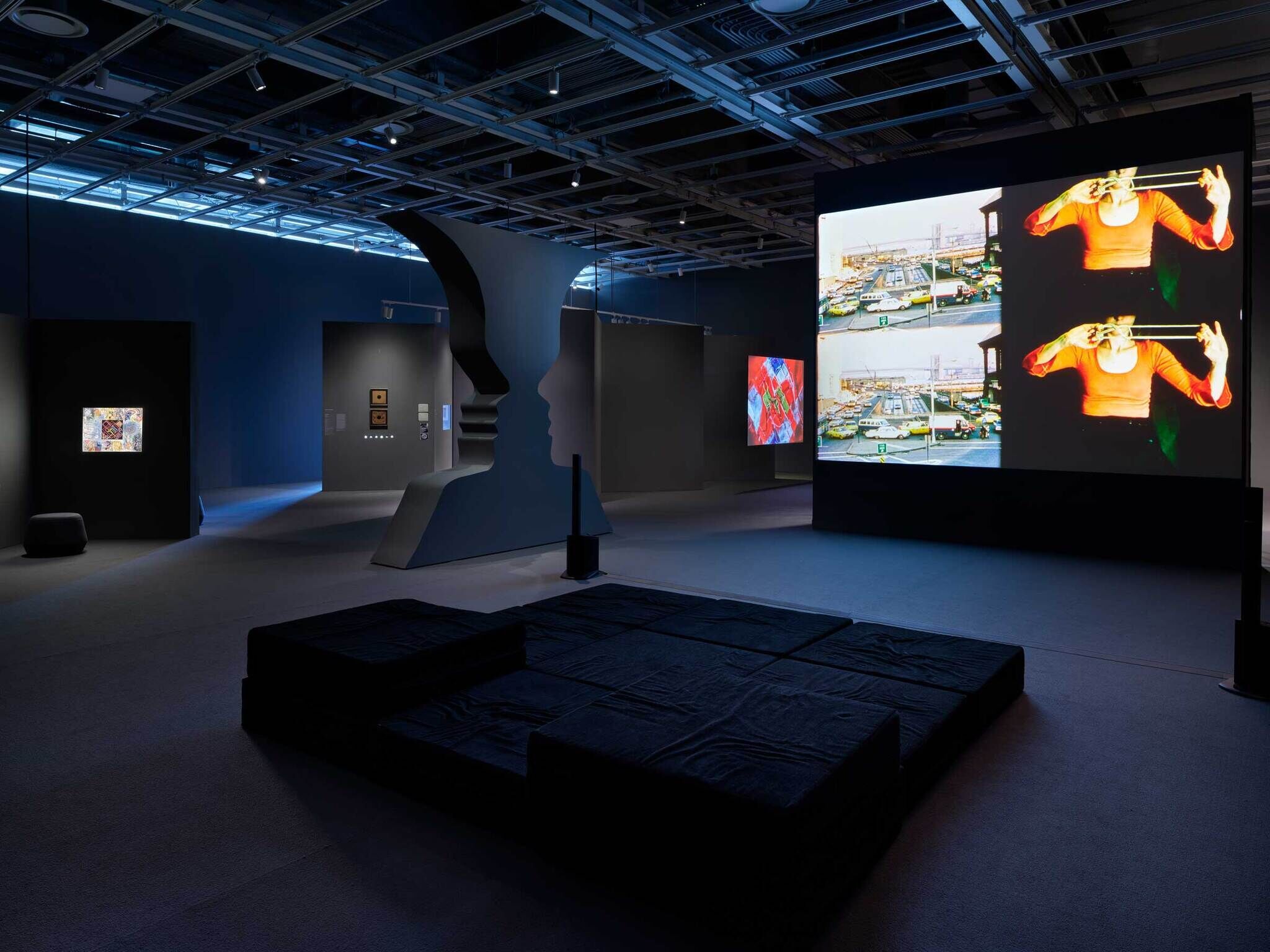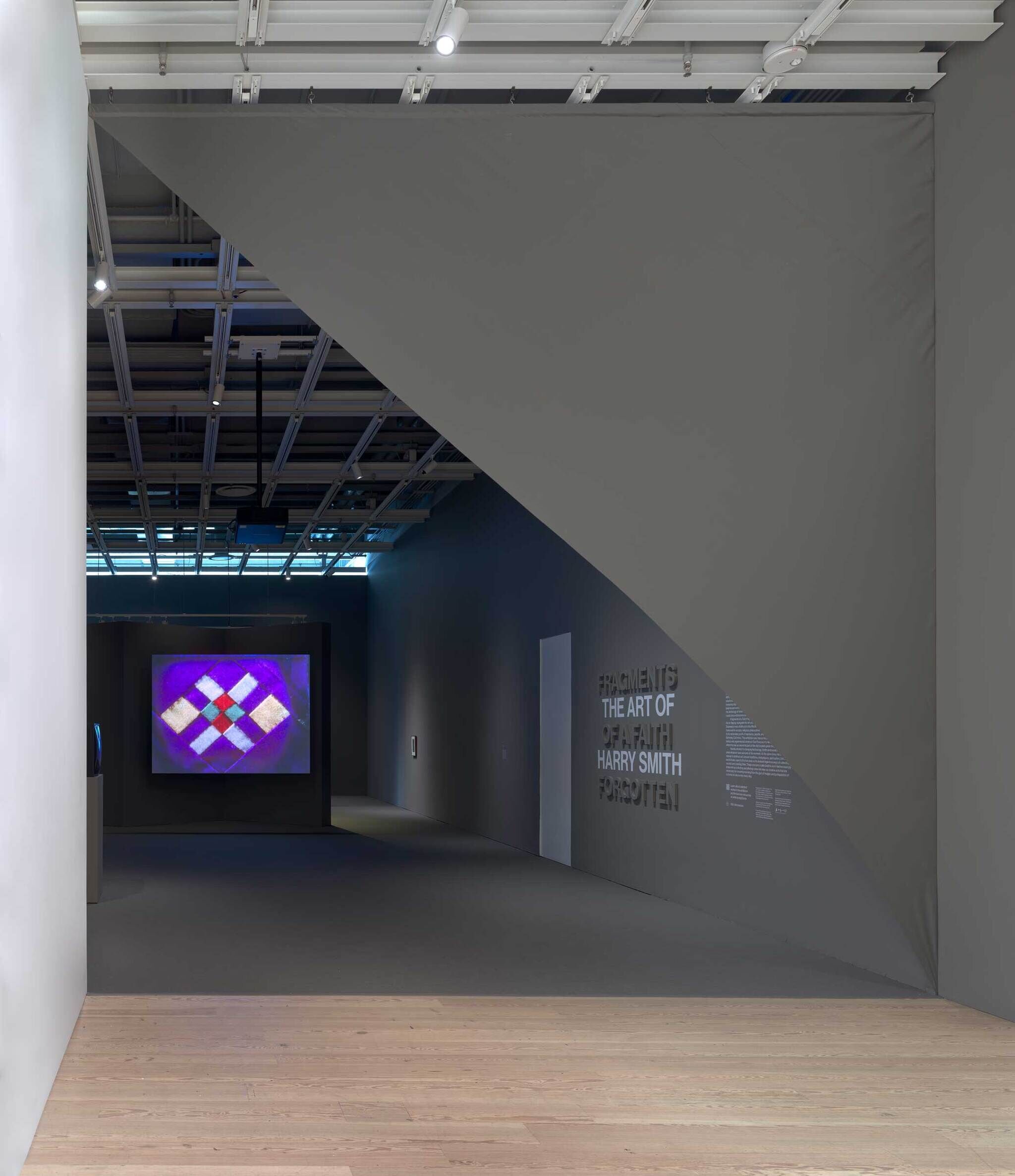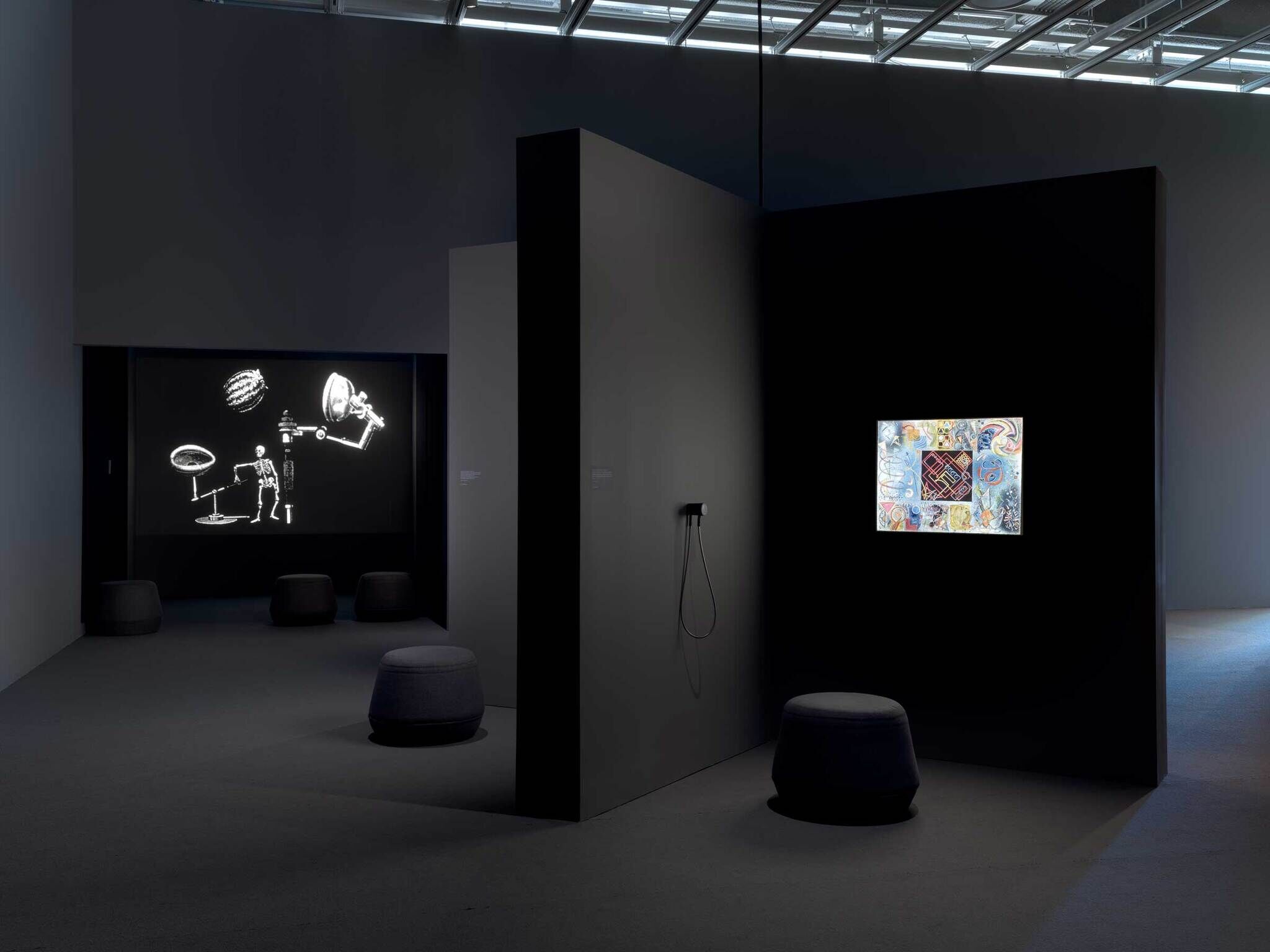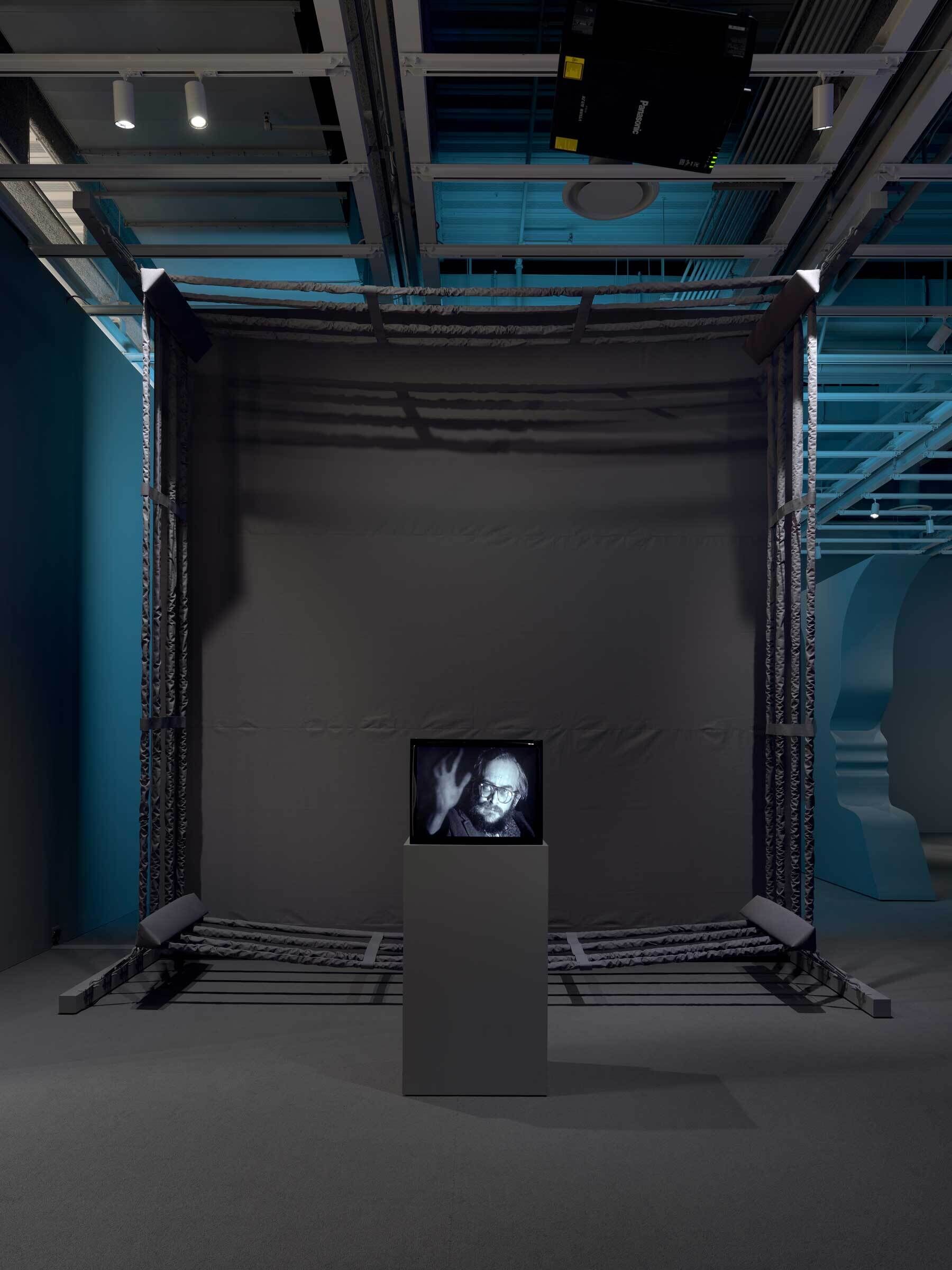Fragments of a Faith Forgotten: The Art of Harry Smith
Oct 4, 2023–Jan 28, 2024
Harry Smith (1923–1991) was a painter, filmmaker, folklorist, musicologist, and collector as well as a radical nonconformist whose work defies categorization. Although his creative output includes paintings, films, poetry, music, and sound recordings, it also consists of extensive collections of overlooked yet revealing objects, such as string figures and found paper airplanes. His best-known work, a compilation of recordings from the 1920s and 1930s titled the Anthology of American Folk Music, achieved cultlike status among many musicians and listeners since it was first published in 1952.
Fragments of a Faith Forgotten: The Art of Harry Smith puts the artist's life on display alongside his art and collections. It follows him from an isolated Depression-era childhood in the Pacific Northwest—a time when he was immersed in ecstatic religious philosophies and Native American ceremony—to his bohemian youth of marijuana, peyote, and intellectualism in postwar Berkeley, California. The exhibition also traces his path through the milieus of bebop and experimental cinema in San Francisco to his decades in New York, where he was an essential part of the city's avant-garde fringe.
Keenly attuned to changing technology, Smith embraced innovation and used whatever was new and of the moment. At the same time, his lifelong interest in abstract art, ancient traditions, metaphysics, spiritualism, folk art, and world music came to the fore even as he devised ingenious ways of collecting sounds and creating films. These concerns make Smith's work feel increasingly prescient as collecting and sharing come into view as creative acts that are necessary for drawing meaning from the glut of images and juxtaposition of cultures we encounter every day.
This exhibition is co-organized by the Whitney Museum of American Art and the Carpenter Center for the Visual Arts at Harvard University, where a version of the project will open in July 2024. The exhibition is curated by artist Carol Bove; Dan Byers, the John R. and Barbara Robinson Director of the Carpenter Center for the Visual Arts; Rani Singh, Director of the Harry Smith Archives; Elisabeth Sussman, Curator at the Whitney Museum of American Art; with Kelly Long, Senior Curatorial Assistant, and McClain Groff, Curatorial Project Assistant, at the Whitney Museum of American Art.
Please read about the exhibition’s accessibility information before visiting Fragments of a Faith Forgotten: The Art of Harry Smith.
Generous support for Fragments of a Faith Forgotten: The Art of Harry Smith is provided by The Andy Warhol Foundation for the Visual Arts.
In New York, generous support is provided by Judy Hart Angelo, The Philip and Janice Levin Foundation, and the Whitney’s National Committee.
Significant support is provided by The June Leaf and Robert Frank Foundation.
Additional support is provided by Michèle Gerber Klein, The Robert Mapplethorpe Foundation, and the Yurman Family Foundation.

My Harry
From December 8–10, 2023 we hosted My Harry, a weekend of programs bringing together some of Smith’s devoted friends and aficionados, all of whom have championed the unclassifiable artist, filmmaker, musicologist, and collector since his death in 1991. This mini-festival celebrated his eclectic life and serpentine pursuits with a series of talks, conversations, listening sessions, screenings, games, and live music.
Related events & resources
In conjunction with this exhibition, there are many events celebrating Smith’s centenary and the wide range of his interests, from music and art to spiritualism and metaphysics. We've gathered a list of Harry Smith–related happenings in and around New York City in addition to the Whitney’s programs and events. And check out the Harry Smith Archives for additional reading and resources.
Pacific Northwest, 1930s and early 1940s
1
Smith’s lifelong research, recording, and collecting practices began when he was fifteen years old and living in the Pacific Northwest, where his mother worked on the Lummi (Lhaq'temish) reservation as a teacher. During his teenage years, he frequently visited the Lummi (Lhaq'temish) and Swinomish people, both original inhabitants of what is now Washington State. While there, he documented songs, ceremonies, languages, and artistic traditions through photography, painting, sound recording, and his own form of notation. Presaging his later practice of adapting available technology to suit his needs, Smith wired an acetate-disc recorder with a battery in order to make high-quality recordings.
From a contemporary perspective, understanding even a teenage Smith’s time spent with the Lummi (Lhaq'temish) and Swinomish people seems to require us to hold two contradictory visions of it simultaneously. On the one hand, anthropology as a field first took hold near Smith’s childhood home—and early on the discipline was fundamentally extractive, driven by claims that it had to salvage Indigenous cultures that it framed as disappearing. In this way, anthropology reinforced the violence of settler colonialism within the United States, and the shadow of this history hangs over Smith’s research. On the other hand, it seems that Smith, who was self-taught in his anthropological studies, did not share all of the discipline’s assumptions and methods. His early work was the portal to his study of patterns of belief and lexicons of representation. Smith would continue his study of Indigenous people over the course of his life, recording the peyote ritual songs of the Kiowa people and collecting the geometric patchwork patterns of the Seminole Tribe of Florida.
Events
View all-
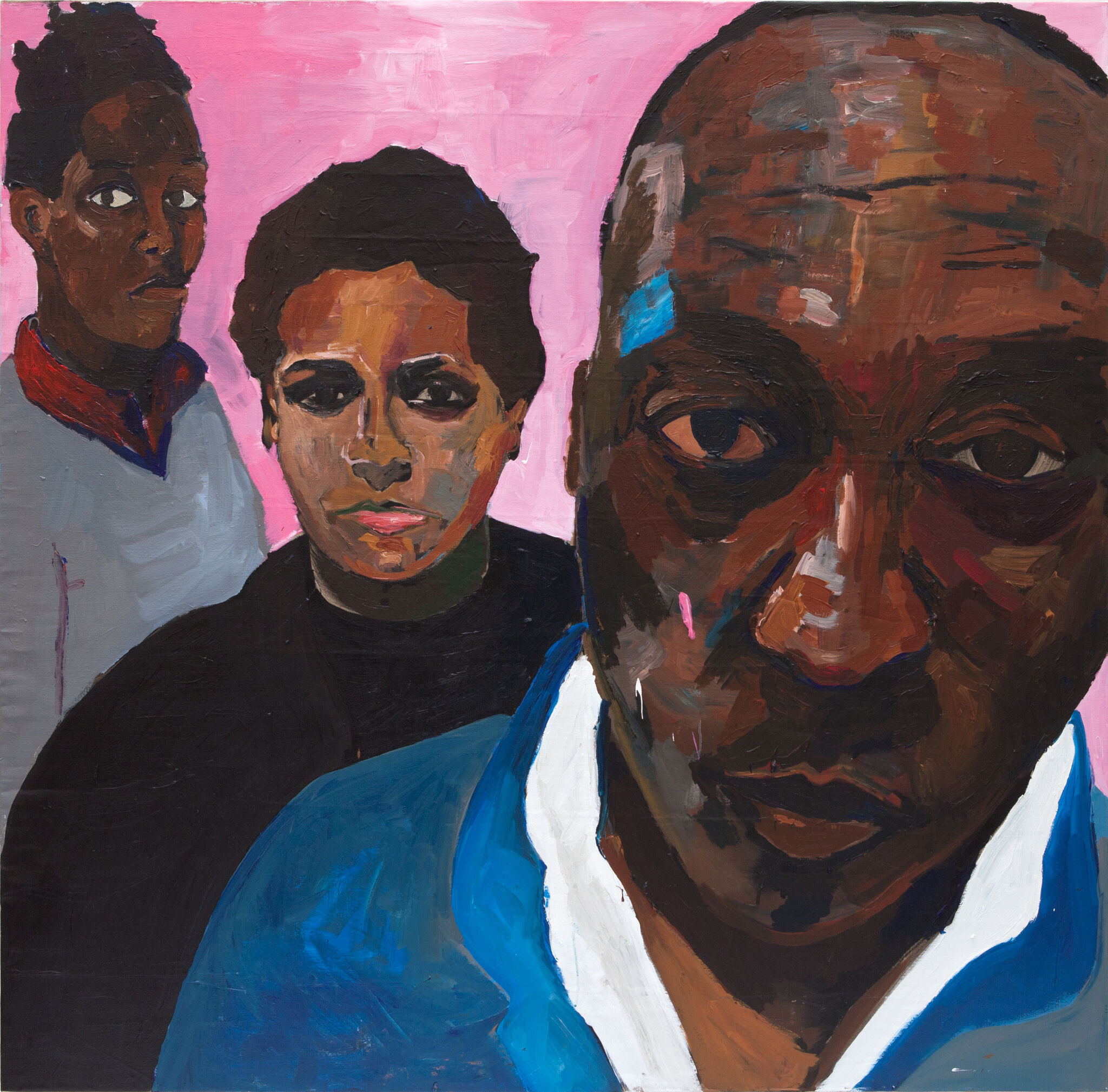
Weekend Member Mornings
Repeats
Saturday, January 27, 2024
9:30–10:30 am -
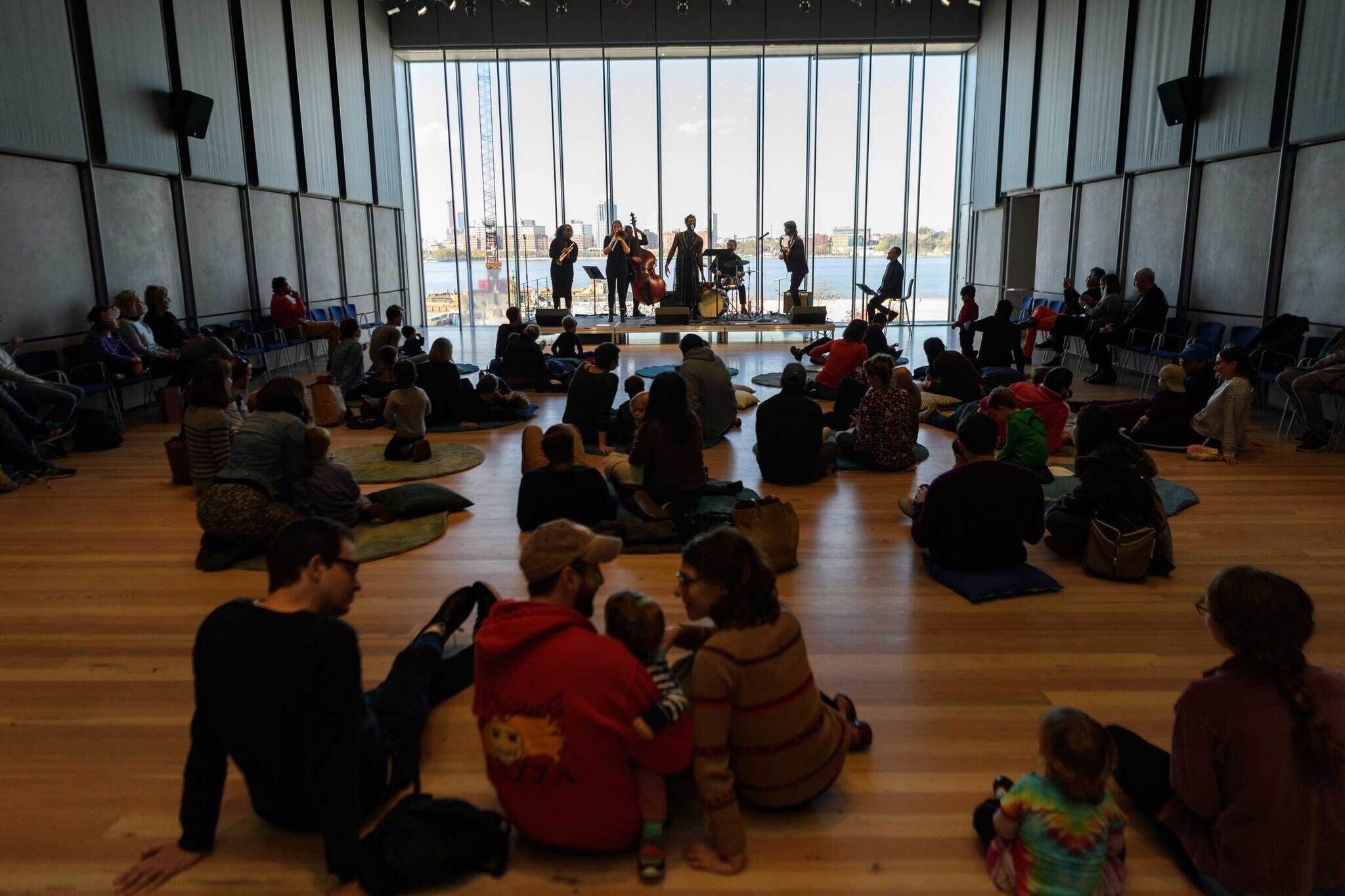
Jazz at Lincoln Center Presenta: Raíces de la Música Estadounidense
Repeats
Sunday, January 14, 2024
11:30 am -

Jazz at Lincoln Center Presents: Roots of American Music
Repeats
Sunday, January 14, 2024
11:30 am -
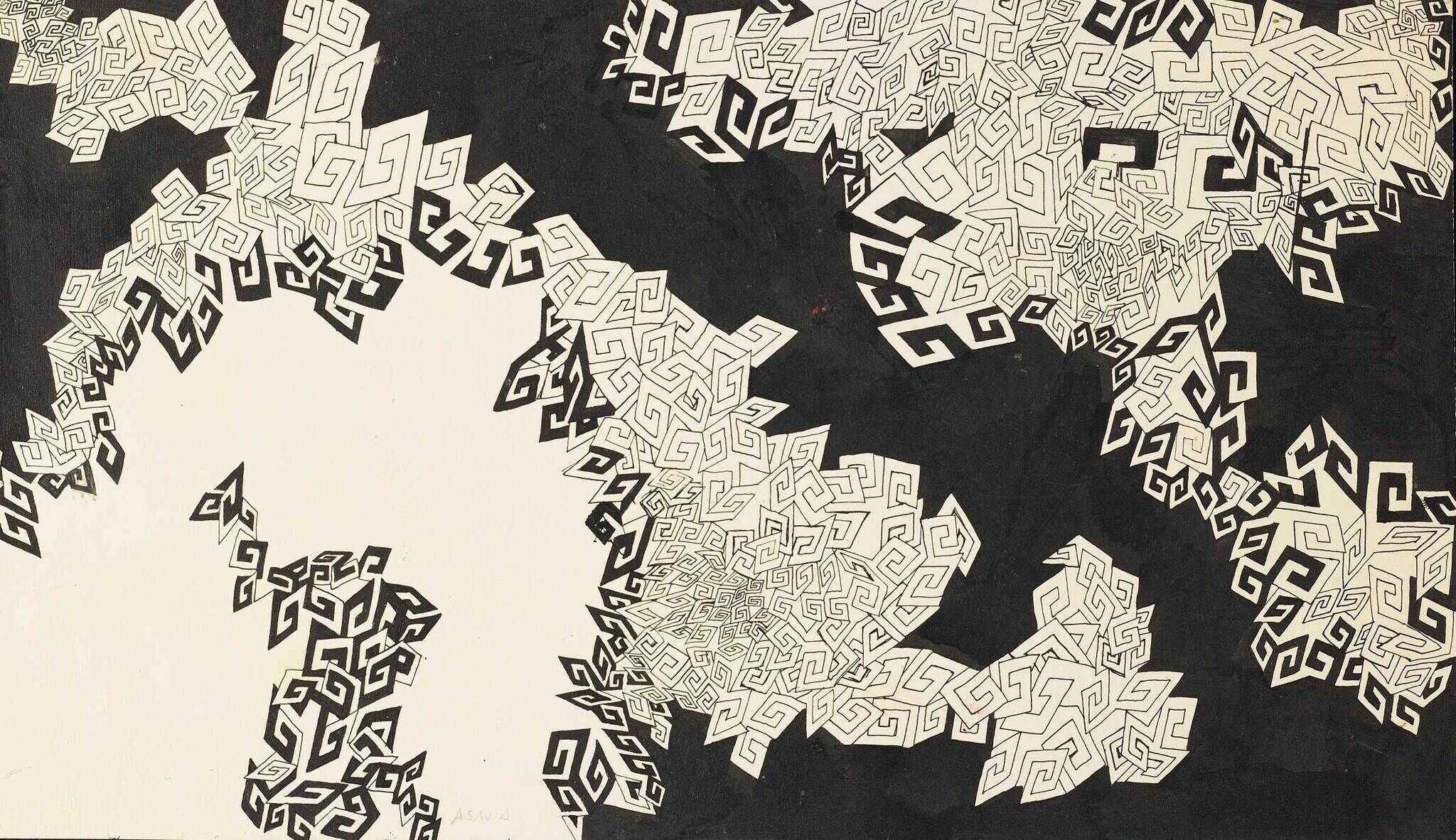
Weekend Member Mornings
Repeats
Saturday, January 13, 2024
9:30–10:30 am
Mobile guides
Learn more about selected works from artists and curators.
View guideIn the News
“Looking through ‘Fragments,' you’ll see things that feel familiar and unremarkable, but together they embody a remarkable set of connections. You’re seeing the traces of the person who made the connections first and brought a riot of dissimilar notions into a single space.” —Artforum
“‘Far-out’ is an accurate, but inadequate, descriptor for the high-flying (and often plain high) cultural magus named Harry Smith” —The New York Times
“…this show will garner much-deserved attention and a far wider audience than he achieved in his lifetime.” —Artlyst
“The exhibition makes the viewer want to enter a time machine and be transported back to one of his hotel room collections.” —Brooklyn Rail
“...a potent dose of homegrown uplift” —The New York Times
“...an unusual, but thrilling new show” —Artnet

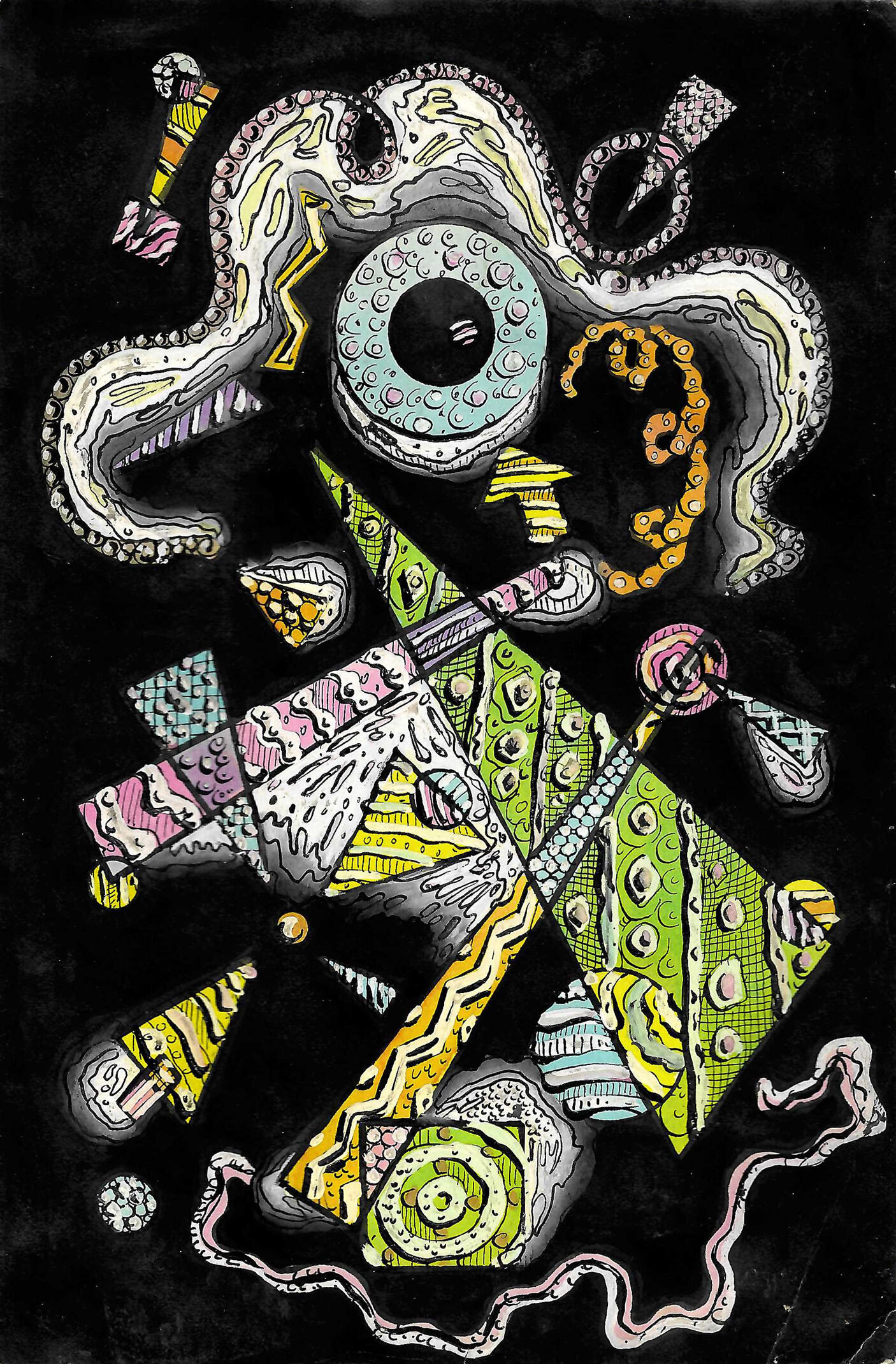
.2022.0619_web.jpg)
